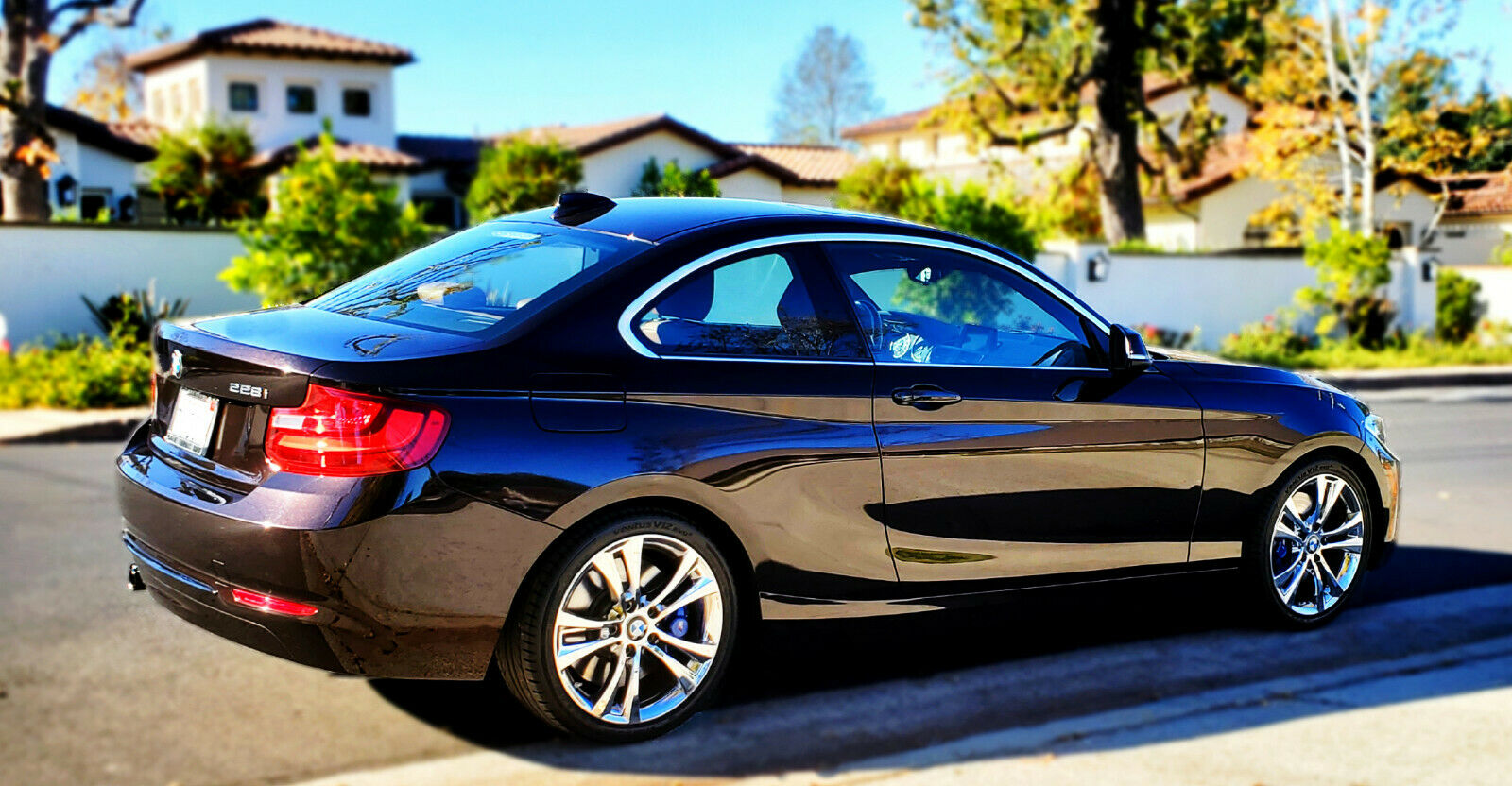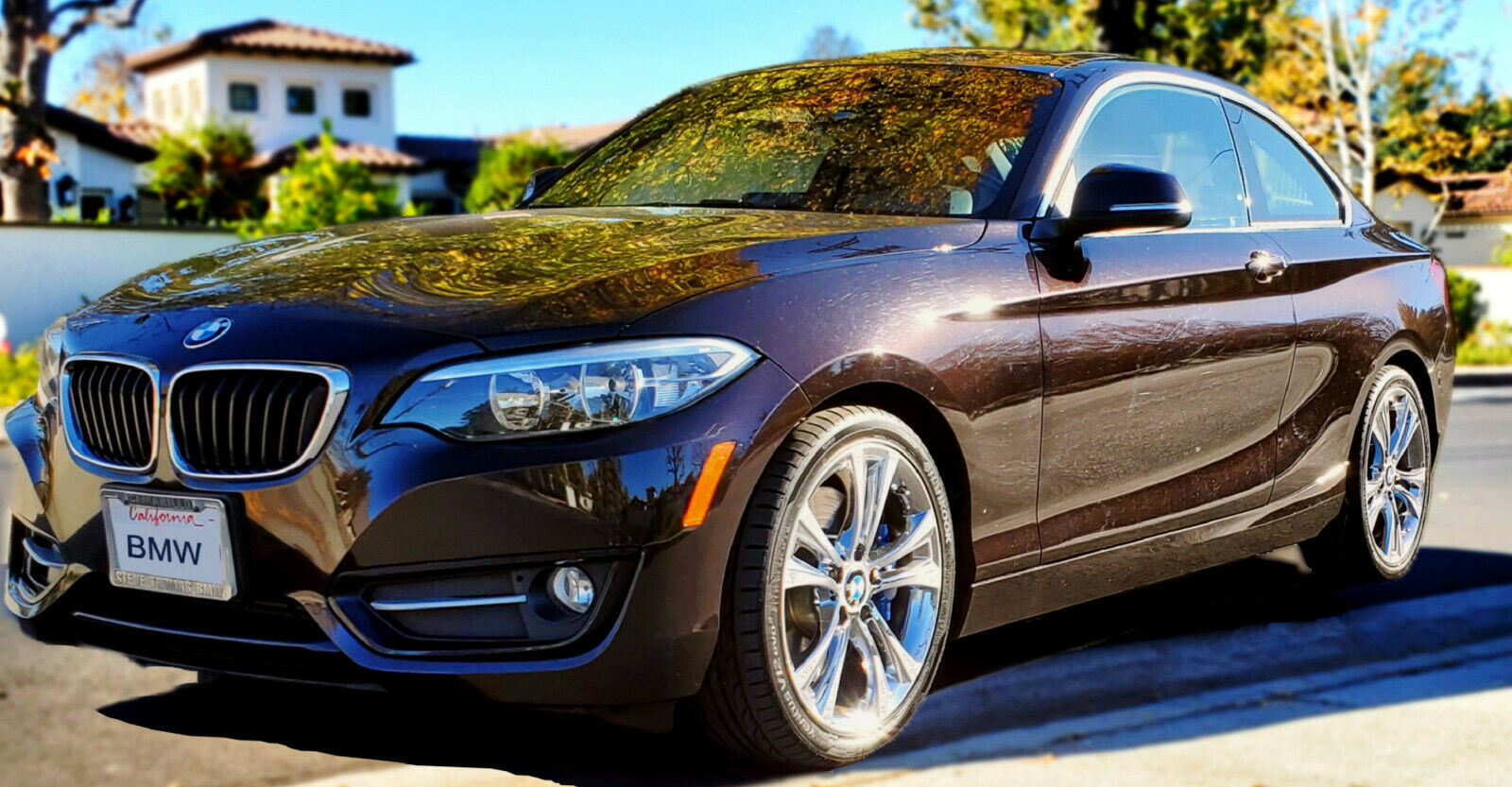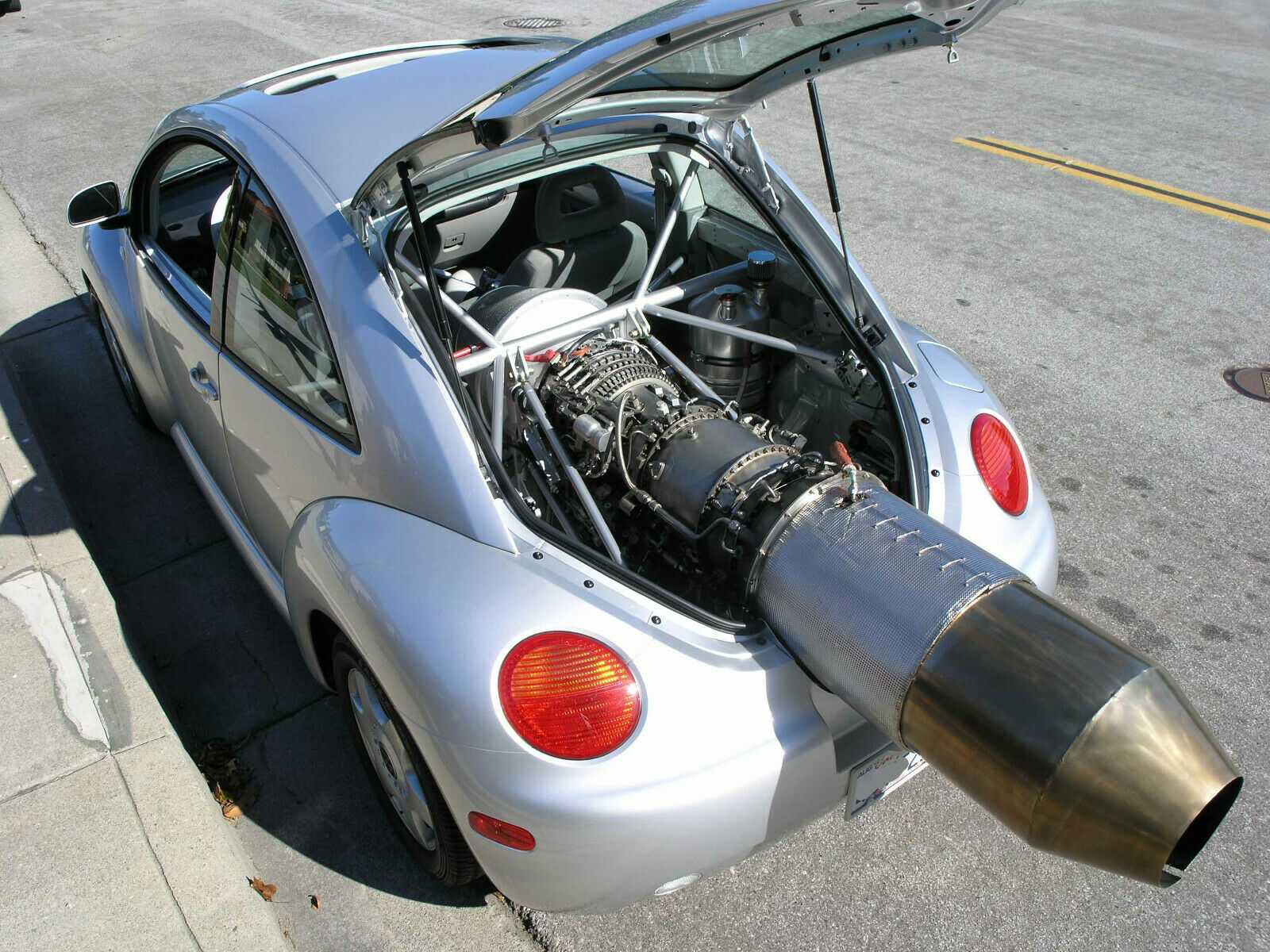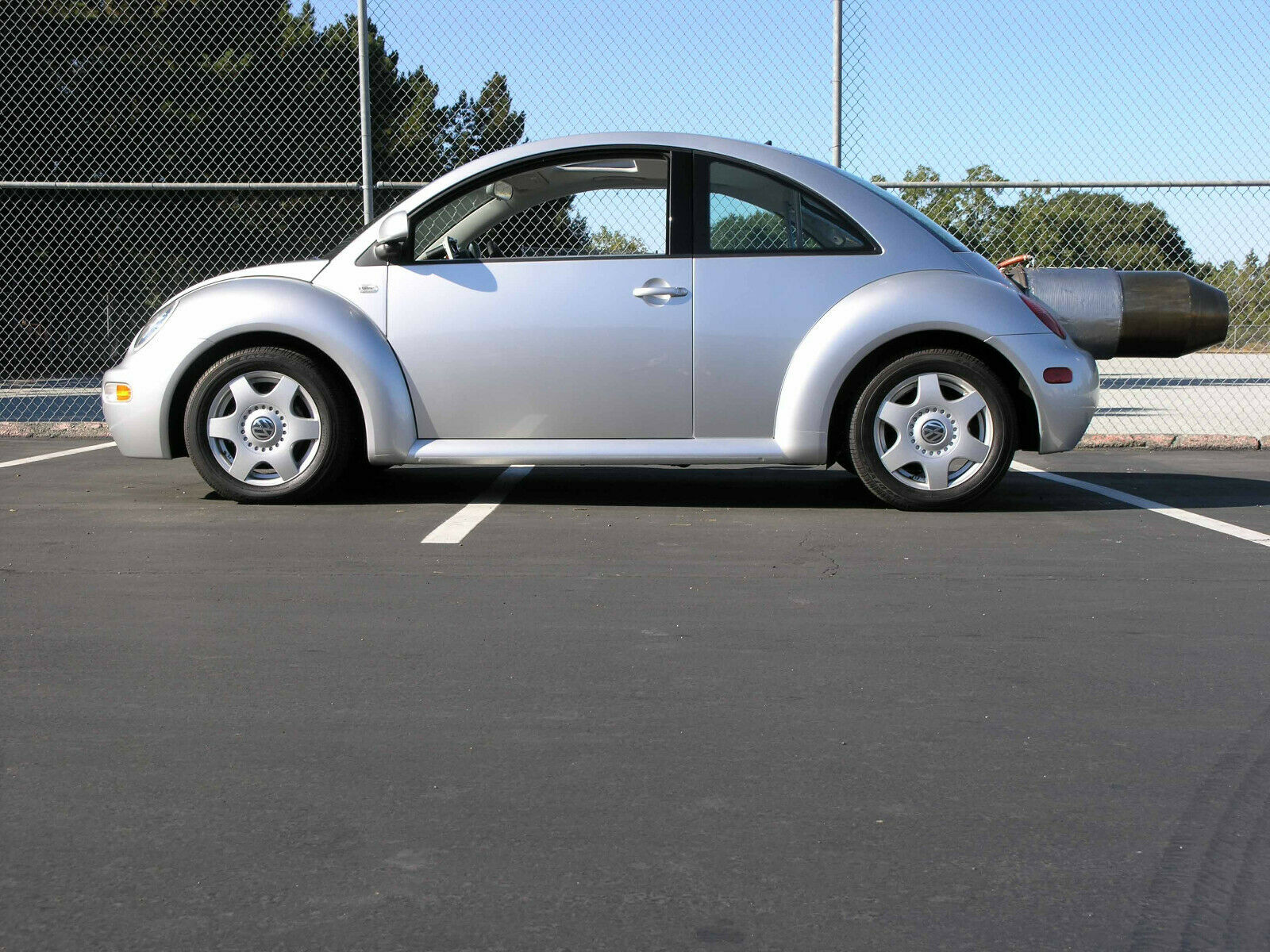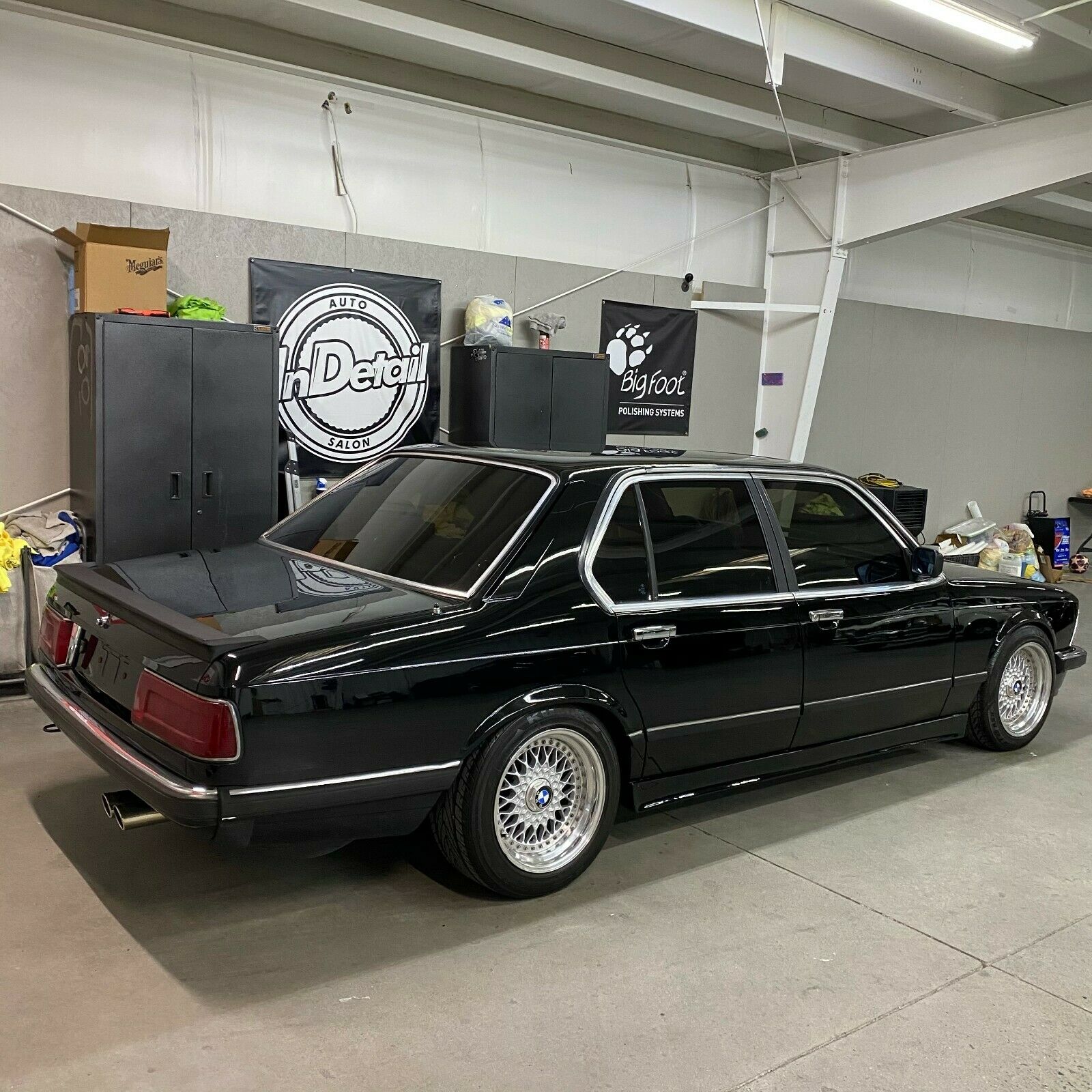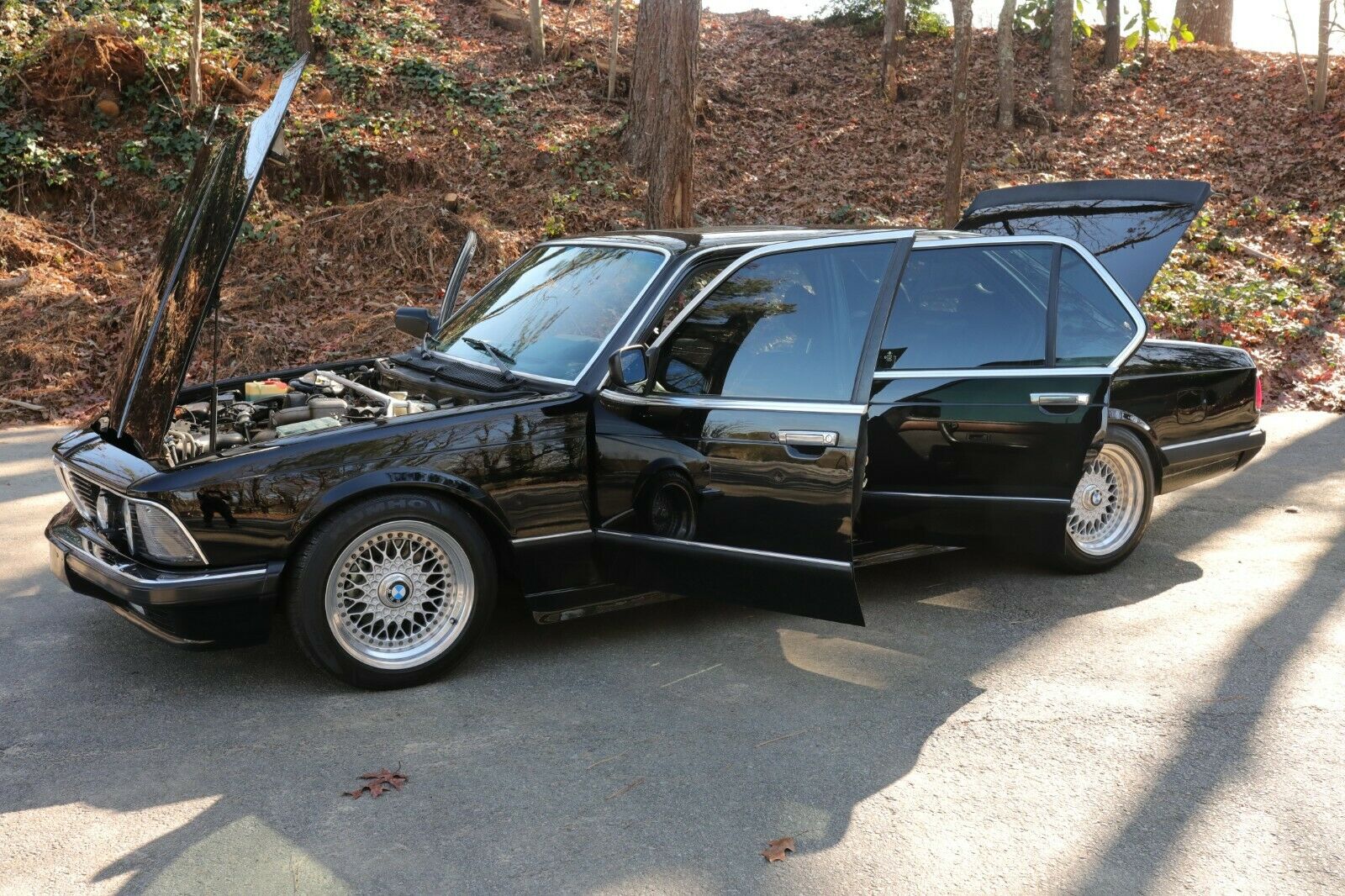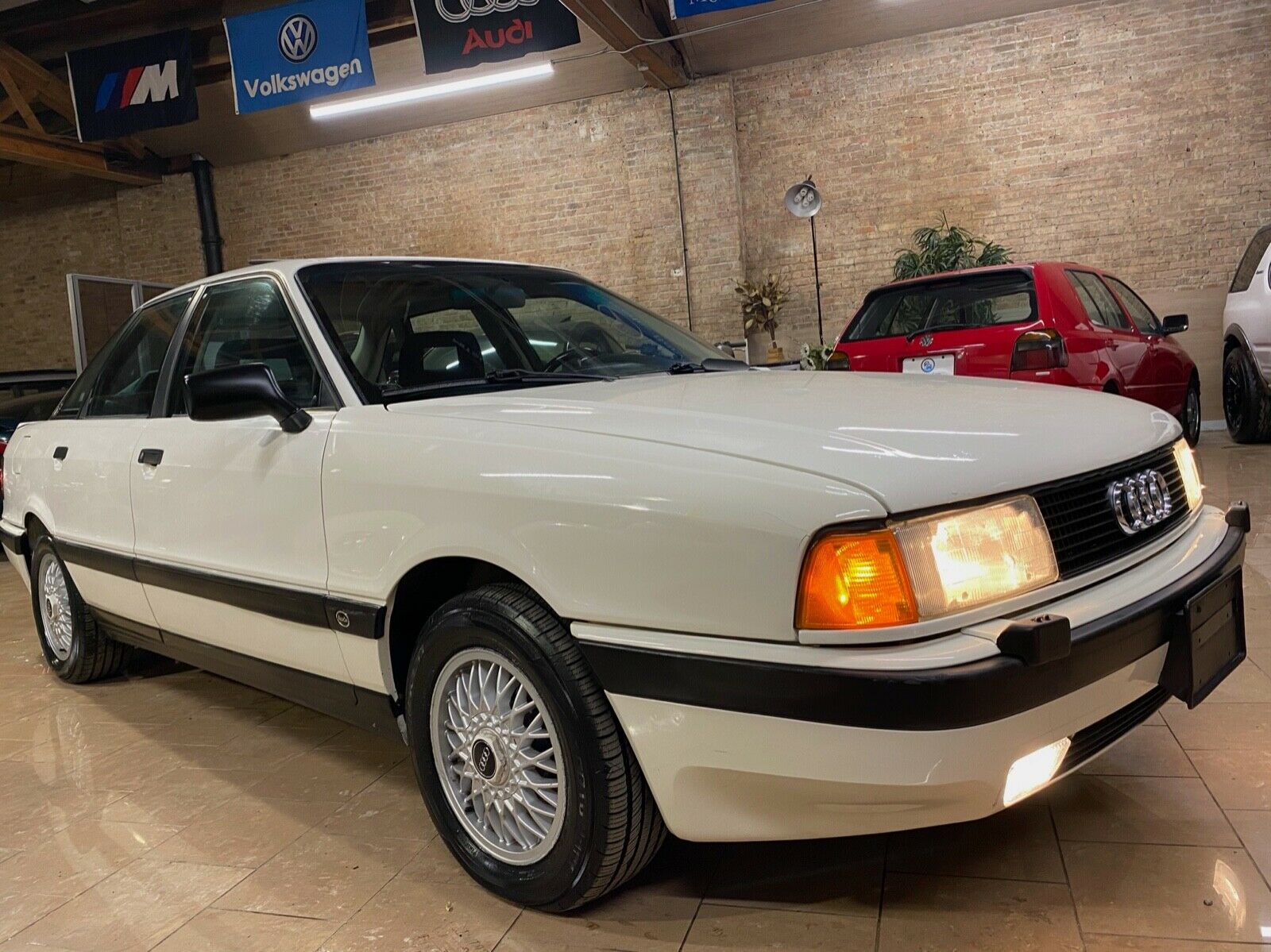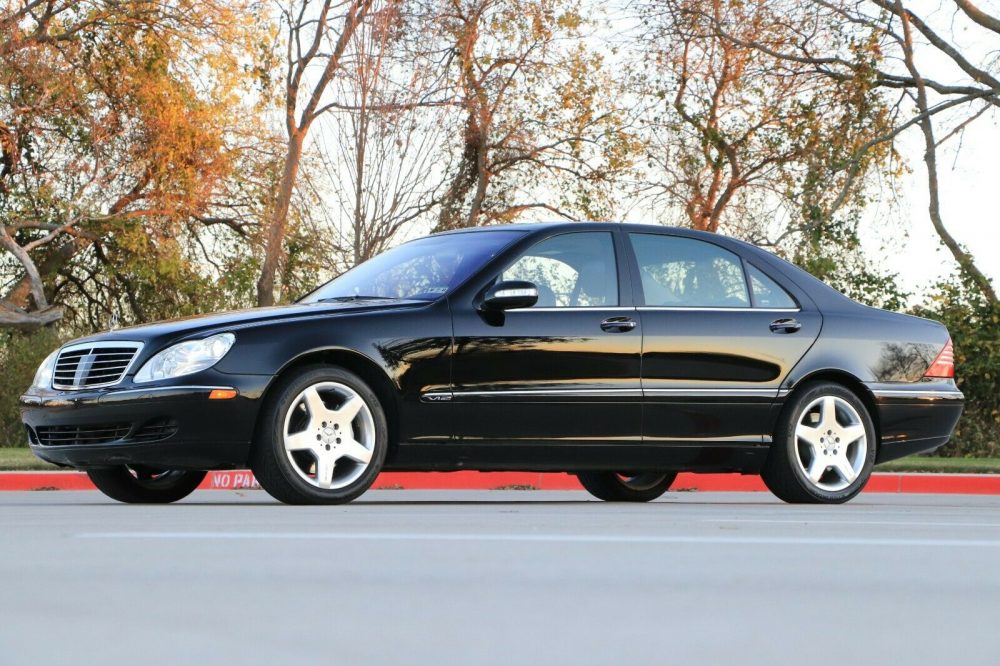Following in the footsteps of the Z4 sDrive28i I just talked about, let’s check out the changes from the 1-Series to the 2-Series. As with the Z4, turbo inline-six power continued in the M235i, which was effectively a restyled 135i with a N55 with a touch more twist and more weight. Purists may decry that an M badge crept into the lineup but the reality is that if you drive one of these turbocharged small BMWs, and I own a 135i Sport, they’re worthy of the letter. Whether you agree or not doesn’t change the fact that one thing was notably absent from the revised 2-series – the normally aspirated N52 was dropped in favor of the N20 in the ’28’ model. So they were cheaper, right? Well, yes and no. This 2016 228i Coupe we’re looking at today stickered at just shy of $33,000; hardly cheap, but one of the cheaper BMWs you could buy in 2016. However, this particular 228i didn’t leave the dealership in the 30s, thanks to a healthy dose of optional equipment that has left it one of the more unique configurations I’ve seen. Let’s take a look:
German Cars For Sale Blog Posts
The E23 has always been a design which to me has been quite polarizing. As with the E12 and E24, Paul Bracq was heavily involved in the final design and it shows – in many ways, the E23 looks like a cross between the two that was scaled up 10%. The results of that in my mind weren’t always good. Growing up, my father had both E24s and E28s, clean looking, well proportioned designs, and when I first saw an E23 I remember thinking it looked a bit ungainly. In U.S. specification, the bumpers were too big and the wheels were too small, resulting in a car which appeared heavy, sagging and sad. When he’s really upset, my son manages to invert his lip and stick it out, tears streaming down his cheeks. It’s a look which nearly mimics the U.S. spec front end of the E23 I now recognize. However, in European trim the E23 made more sense – it looked lighter, smaller and better proportioned. While not as stately as the W116, it certainly looked a fair bit sportier outside and more modern. Couple those European-market looks with some great period BBS RS wheels and the look is just about perfect; throw in the turbocharged M106 motor and you’ve peeked much interest. Of course, unfortunately the M106 was only pared with an automatic transmission – but then, what would happen if you swapped that for a 5-speed?
CLICK FOR DETAILS: 1984 BMW 745i 5-Speed on eBay
1 CommentWhile the move from the B2 to B3 chassis brought many changes to the small Audi lineup, it was also very much a case of ‘meet the new boss, same as the old boss’. Some of the features of the 4000 were gone; you could no longer opt to lock the center differential, for example, since the manual locker had been replaced by a more sophisticated Torsen unit. You could still opt to engage a rear differential lock, but electronics overrode that at 15 m.p.h.. That change was indicative of movement in the marketplace and where the B3 was aimed – slightly more upscale from the B2. Interior quality was greater, safety took priority, and production was broken into two categories as it had been in Europe for the B2. Selecting the top-range 90 quattro got you nicer BBS wheels, color matched bumpers and mirrors, a sportier raised spoiler, a better leather interior and wood trim. The downscale 80 would channel more of the outgoing 4000, with a velour and plastic-heavy interior. They even opted to keep the same Ronal R8 wheels as the old model early on, and the subtle rear spoiler was a near copy of the B2.
The more basic 80 was closer in performance to the 4000, too – the luxury and safety items of the B3 meant more weight, and the 90 tipped the scales at nearly 3,000 lbs. Mechanically identical, the 80 quattro was about a hundred pounds lighter and anyone who has driven 80s normally aspirated Audis knows that 100 lbs. makes a difference in performance. Motivation for both was the same NG-code inline-5 that was seen in the last Coupe GT Special Build models, meaning 130 horsepower and 140 lb.ft of torque – smoothly adequate, but certainly never overwhelming. The 80 quattro enjoyed only a short run in the U.S., being available in the 1988-1990 model years and then re-introduced with some 90 quattro upgrades for the ’92 model year as a hold-over until the V6 B4 was ready for production. The de-contented 80 was a fair bit cheaper than its quite expensive brethren; while a Coupe Quattro would set you back over $30,000 with some options, select a basic 80 quattro and you could sneak out of the dealership for $23,000 – barely more than the ’87 Coupe GT retailed for. Later 80s got some upgrades; body-color bumpers and BBS wheels primarily, and a clean Alpine White example has turned up for sale.
CLICK FOR DETAILS: 1990 Audi 80 quattro on eBay
3 CommentsFresh off last week’s 2018 Mercedes-Benz G65 AMG, I thought I’d look at one of the first vehicles equipped with the M275 engine, the W220 S600. This engine replaced the god awful M158 V12 that lasted a few short years and was by far the better engine for the job. It was so good, they literally put it in almost every vehicle in their range for the next 15 years, including that G65 that I just mentioned. You would think an old twin-turbocharged V12 would be nothing but trouble, but they are fairly easy to live with as long as you remember it is an old twin-turbocharged V12.
This 2004 S600 up for sale in Texas comes in with just a little over 32,000 miles and seems to be in top shape. Admittedly, it isn’t the most attractive car ever in terms of looks and of course the tech is a bit dated, but for the price, is it worth look?
